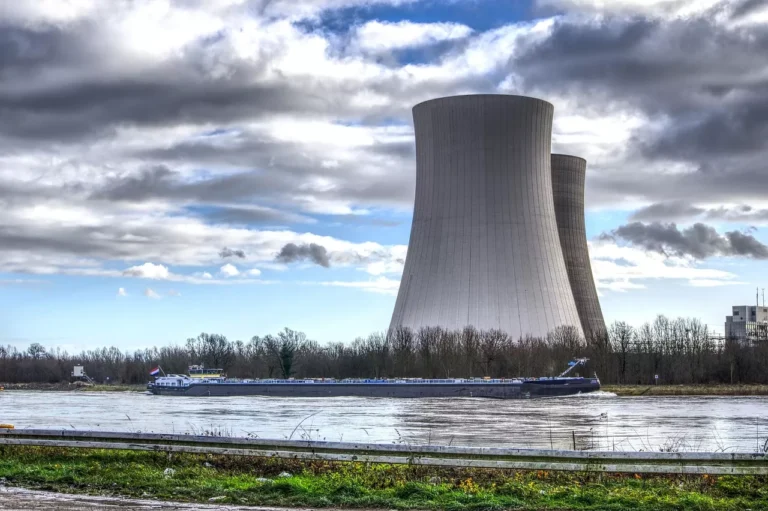
Nova Scotia Power Reaches Settlement With Customer Groups Ahead of General Rate Application Filing
Nova Scotia Power has announced that it has reached a significant settlement agreement with representatives of its customer groups regarding its upcoming General Rate Application (GRA). This agreement, which follows more than six months of intensive consultation, negotiation, and information sharing, is being positioned as a key step in balancing the company’s urgent infrastructure investment needs with the financial realities facing households, businesses, and communities across the province. The utility expects to file both the GRA and the associated settlement with the Nova Scotia Energy Board (NSEB) later in September. The application will outline the revenue requirements necessary to support the utility’s long-term investment strategy, which is designed to meet the evolving energy demands of Nova Scotians both today and in the decades ahead.
A Focus on Reliability and Resilience
At the core of the GRA is a strong emphasis on reliability—an issue that has grown increasingly pressing as Nova Scotia continues to experience the effects of more frequent and intense weather events. Severe storms, hurricanes, and extreme seasonal shifts have placed unprecedented strain on the provincial power grid, highlighting the urgent need for storm hardening measures, vegetation management, and advanced grid modernization initiatives.
Nova Scotia Power has already outlined its five-year Reliability Plan, which was filed with the NSEB in December 2024. That plan details more than $1.3 billion in necessary investments to strengthen the province’s electricity system. The current GRA represents the mechanism through which the utility is seeking approval for the first two years of this long-term strategy. These investments are expected to enhance the durability of the grid, reduce the frequency and length of outages, and ensure that Nova Scotia is better prepared for both routine demand growth and the disruptive impacts of climate change.
Rate Impacts Under the Settlement
If approved by the Nova Scotia Energy Board, the settlement would result in overall average rate increases of 2.1 percent across all customer classes in both 2026 and 2027. These new rates would take effect on January 1 of each respective year. For residential customers, however, the impact would be slightly higher, with expected increases of approximately 4.1 percent in both 2026 and 2027.
While any rate increase is often met with concern, Nova Scotia Power has emphasized that the proposed settlement includes substantial cost-saving measures that are designed to minimize the long-term financial burden on customers. One of the most notable measures is the securitization of over $700 million worth of thermal generation assets, which the company plans to retire by 2030 to comply with federal and provincial environmental mandates. This securitization strategy could result in up to $90 million in customer savings over the next two years and as much as $225 million over the next three decades.
The proposal to securitize these assets will, however, require a separate approval process by the NSEB and will involve collaboration with the provincial government and other key stakeholders. If successful, it will not only reduce customer costs but also accelerate Nova Scotia’s transition away from carbon-intensive power generation, bringing the province closer to its clean energy and climate goals.
Ensuring Financial Stability for the Utility

From a financial perspective, the settlement includes terms that ensure Nova Scotia Power can recover its operating and capital costs while maintaining financial health. Specifically, the agreement preserves the existing Return on Equity (ROE) target of 9 percent and a maximum equity thickness of 40 percent. These benchmarks are critical for maintaining investor confidence and ensuring that the utility retains its investment-grade credit rating—a necessity for financing the significant infrastructure projects envisioned in the Reliability Plan.
A stable credit rating also has downstream benefits for customers, as it allows Nova Scotia Power to access capital at lower borrowing costs, which helps to reduce the overall cost of major projects and, in turn, moderates pressure on electricity rates.
A Collaborative Settlement Process
One of the most important aspects of this settlement is the broad coalition of customer representatives who participated in shaping it. The settlement reflects input from a diverse cross-section of Nova Scotia’s economy and society, ensuring that the perspectives of different groups were considered in the final agreement.
Represented stakeholders included the Consumer Advocate, who focuses on protecting residential customers; the Small Business Advocate; the Industrial Group, which represents larger electricity consumers; and several municipal electric utilities, including the Berwick Electric Commission, Riverport Electric Light Commission, the Town of Mahone Bay, and the Town of Antigonish. Additionally, Port Hawkesbury Paper, one of the province’s major industrial employers, was actively involved in the process.
By reaching consensus with this wide range of stakeholders, Nova Scotia Power has demonstrated its willingness to balance the need for substantial infrastructure investment with the financial realities faced by households, small businesses, and large industries alike. This inclusive process also increases the likelihood that the settlement will withstand regulatory scrutiny when reviewed by the NSEB.
The Road Ahead
Once Nova Scotia Power files the General Rate Application and settlement later in September, the Nova Scotia Energy Board will begin its formal review process. This regulatory process is designed to ensure that the utility’s proposals are in the public interest and that the rates charged to customers are fair, reasonable, and reflective of the true cost of service.
The Board will consider the settlement, hear from intervenors, and ultimately issue a decision that will set electricity rates for all customer classes in 2026 and 2027. While settlements are not automatically approved, regulatory boards often view them favorably when they are the product of extensive negotiations among diverse stakeholder groups.
Balancing Reliability, Affordability, and Sustainability
The settlement marks a critical step for Nova Scotia Power as it seeks to navigate the complex challenges of maintaining reliable electricity service in an era defined by both climate change and evolving energy technologies. By prioritizing storm hardening, grid modernization, and vegetation management, the utility is addressing immediate system vulnerabilities. At the same time, through the planned retirement and securitization of thermal assets, it is advancing toward a cleaner, more sustainable energy future.
For customers, the settlement is a reminder of the balancing act that utilities and regulators must perform: investing billions of dollars in infrastructure improvements while keeping rate impacts as manageable as possible. While rate increases of 4.1 percent for residential customers may present challenges, the potential long-term savings and reliability benefits could provide significant value over time.










